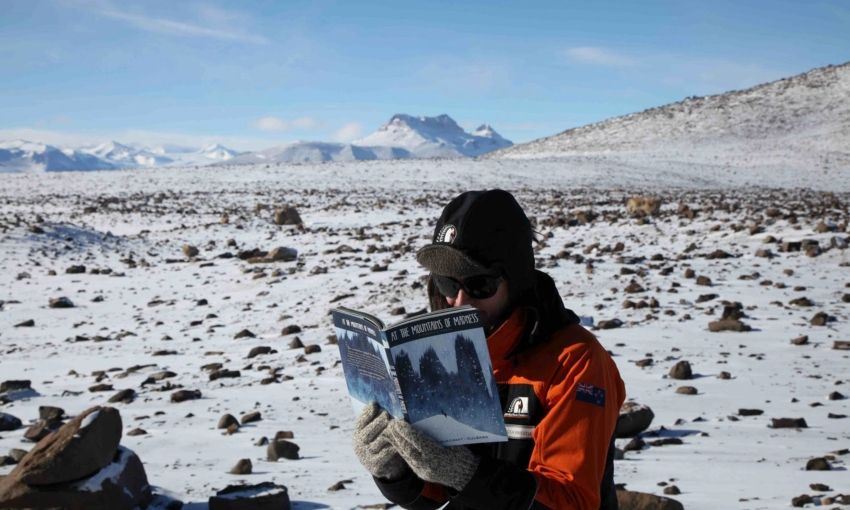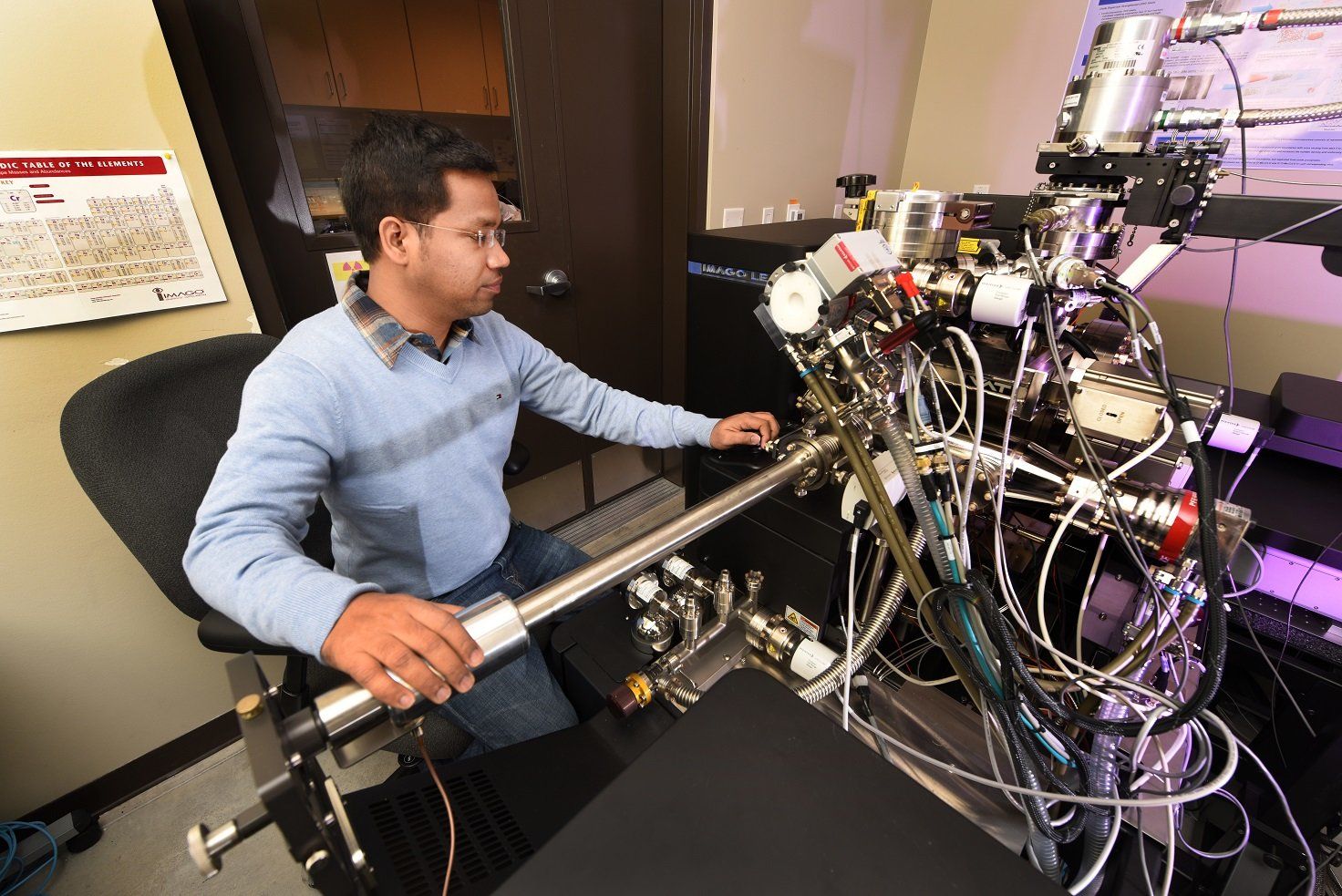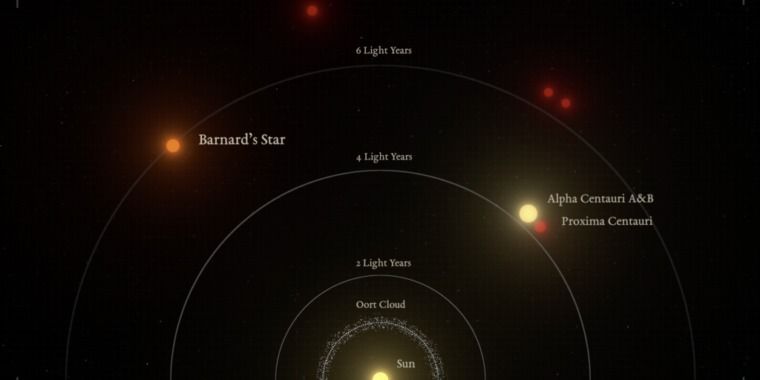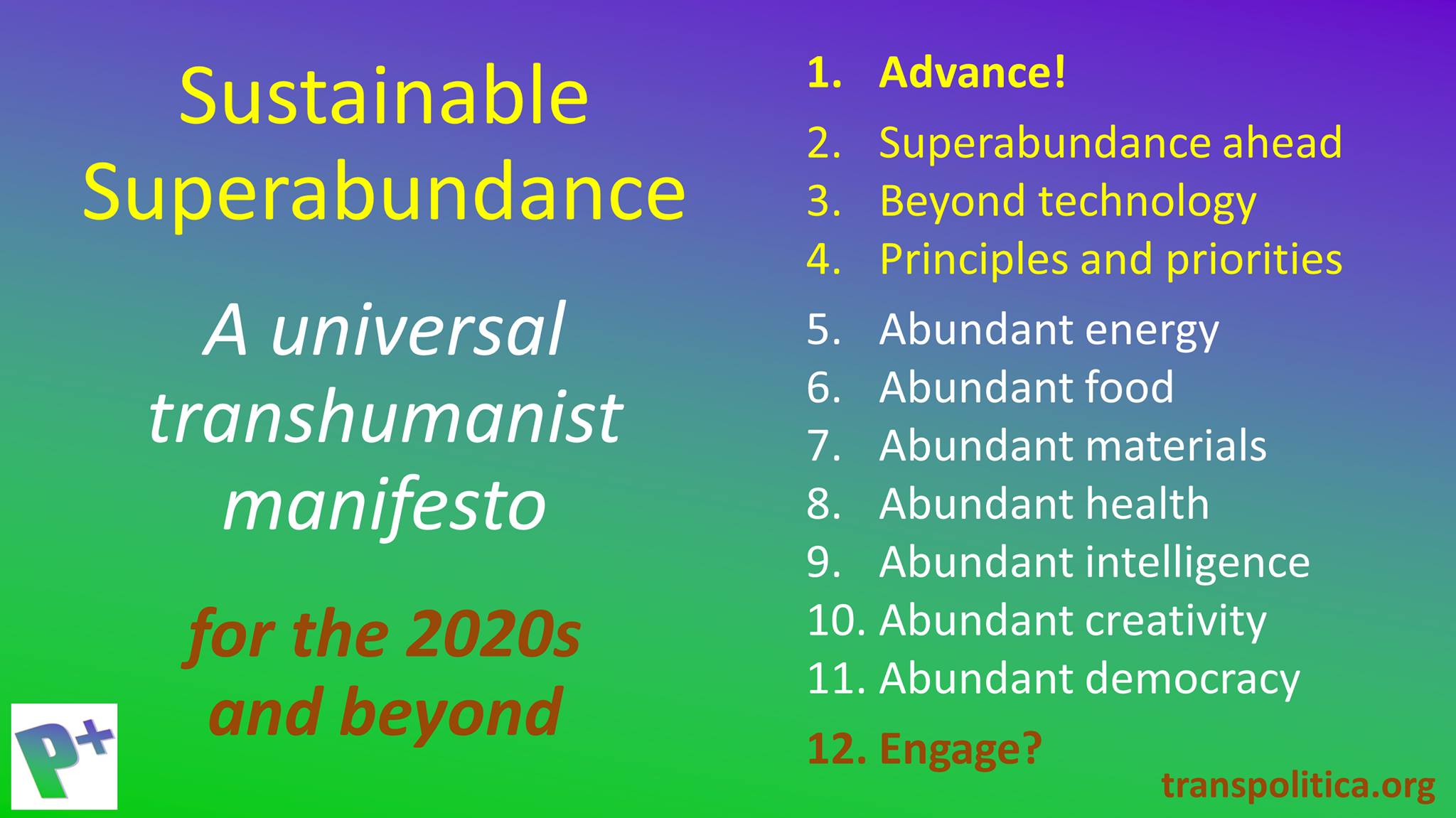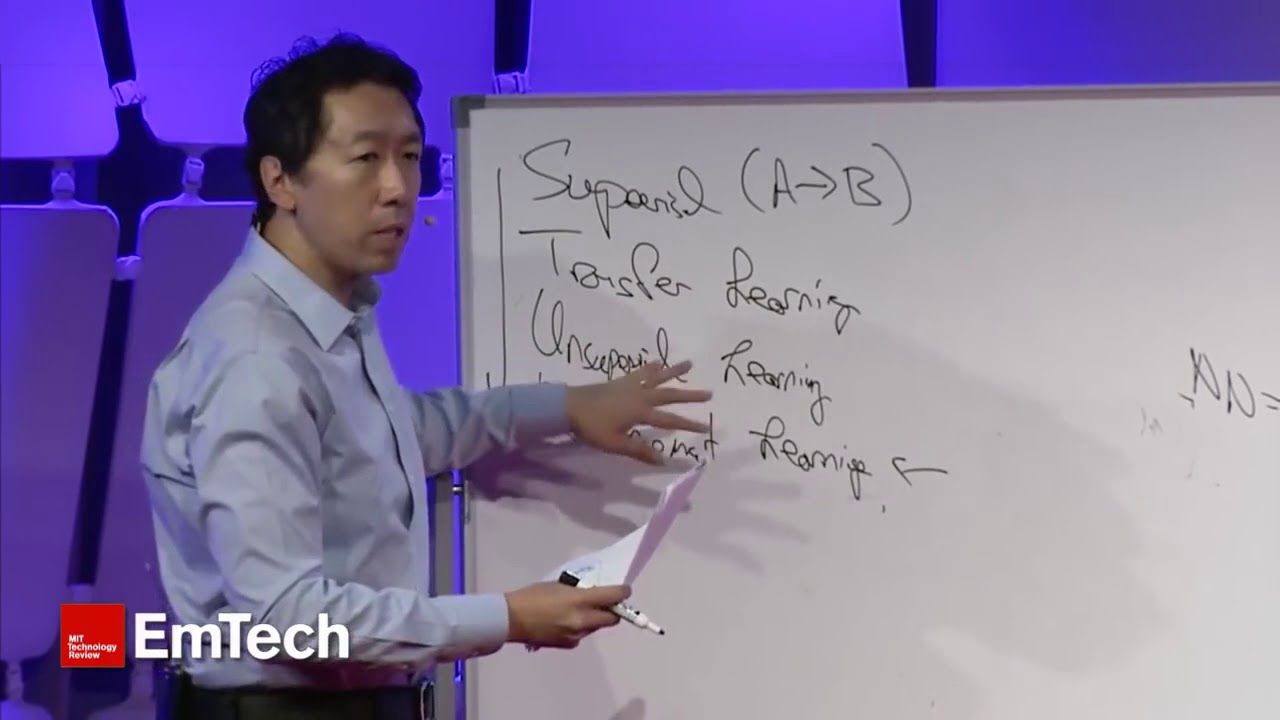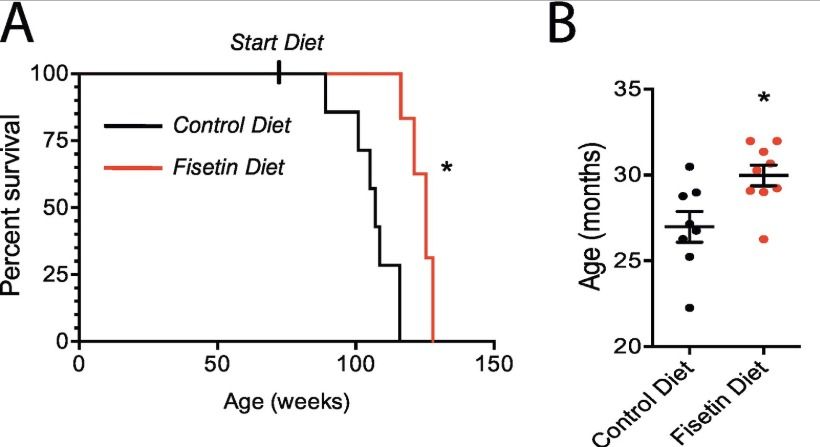Page 9736
Nov 17, 2018
Celebrating the amazing women of Antarctica
Posted by Genevieve Klien in category: climatology
Women have made a massive impact on scientific research in Antarctica, but they don’t get remotely the recognition they deserve. Science-celebrator Steph Green wants to do something about that.
Antarctica, the edge of the world – a seemingly endless expanse of glacial and sea ice, with no indigenous human population and an inhospitable climate. If there was any part of the world untouched by the patriarchy, surely this would be it?
Not so. Despite oral history from Oceania indicating female explorers visited the region, women have often been excluded from Antarctic exploration and scientific discovery. When Ernest Shackleton advertised for fellow adventurers in 1914, three women applied to join him, but they were not included. In 1937, 1300 women applied to join a British Antarctic Expedition. How many went to the frozen continent? Not a one.
Continue reading “Celebrating the amazing women of Antarctica” »
Nov 17, 2018
Treated superalloys demonstrate unprecedented heat resistance
Posted by Genevieve Klien in categories: materials, nuclear energy
Researchers at Idaho National Laboratory have discovered how to make “superalloys” even more super, extending useful life by thousands of hours. The discovery could improve materials performance for electrical generators and nuclear reactors. The key is to heat and cool the superalloy in a specific way. That creates a microstructure within the material that can withstand high heat more than six times longer than an untreated counterpart.
Nov 17, 2018
What is absolute zero?
Posted by Genevieve Klien in categories: particle physics, space
The coldest place beyond Earth is artificial, too. Last summer, astronauts activated an experiment called the Cold Atom Lab aboard the International Space Station. The lab has attained temperatures 30 million times lower than empty space. “I’ve been working on this idea, off and on, for over 20 years,” says Robert Thompson of NASA’s Jet Propulsion Lab, one of the researchers who devised the experiment. “It feels incredible to witness it up and operating.”
What happens when matter gets that cold?
If Thompson sounds excited, it’s because ultra-cold atoms behave in fascinating and potentially useful ways. For one thing, they lose their individual identities, fusing to form a bizarre state of matter called a Bose-Einstein condensate.
This week’s announcement? One of the closest stars to Earth has a super-Earth companion—Barnard’s star is a red dwarf that is only six light years from our Solar System. Only the three stars of the Centauri system are closer.
A large planet appears to be orbiting out near the system’s snow line.
Nov 17, 2018
I’ve recently finished drafting two more chapters of my forthcoming book “Sustainable Superabundance” — the chapters on “Abundant Health” and “Abundant Intelligence”
Posted by Mark Larkento in categories: health, sustainability
At this rate of progress, the book could be published by year end. Feedback welcome! https://transpolitica.org/projects/abundance-manifesto/
Nov 17, 2018
How ‘miniature suns’ could provide cheap, clean energy
Posted by Michael Lance in category: nuclear energy
Are we just five years away from harnessing almost unlimited power from nuclear fusion? ☀️.
Nov 17, 2018
Andrew Ng — The State of Artificial Intelligence
Posted by Shailesh Prasad in category: robotics/AI
Nov 17, 2018
Fisetin—a new senolytic
Posted by Lilia Lens-Pechakova in categories: biotech/medical, chemistry, genetics, life extension
More information on the search for natural senolytics (that clear the senescent cells and potentially make us younger)- on ficetin, found in abundance for example in strawberries, a newly published study and discussion in the blog of Josh Mitteldorf. But we still would have to consume around 20 kg strawberries for two consecutive days to reach the dose used in the happy longer living mice!
Senolytic drugs have been the most promising near-term anti-aging therapy since the ground-breaking paper by van Deursen of Mayo Clinic published in 2011 . The body accumulates senescent cells as we age, damaged cells that send out signal molecules that in turn modify our biochemistry in a toxic, pro-inflammatory direction. Though the number of such cells is small, the damage they do is great. Van Deursen showed that just getting rid of these cells could increase lifespan of mice by ~25%. But he did it with a trick, using genetically engineered mice in which the senescent cells had a built-in self-destruct switch.
After that, the race was on to find chemical agents that would do the same thing without the genetically engineered self-destruct. They must selectively kill senescent cells, while leaving all other cells unharmed. It’s a tall order, because even a little residual toxicity to normal cells can be quite damaging. Before last week, the two best candidates were FOXO4-DRI and a combination of quercetin with dasatinib .
Nov 17, 2018
Is there any hope for resolving society’s deep disagreements?
Posted by Xavier Rosseel in category: neuroscience
‘’Examining how deep disagreements arise will demonstrate the gravity of the issue. Why do we disagree with valid, knowable facts when we all live in the same world, we have roughly the same cognitive abilities and, in the Western world at least, most people have fairly easy access to roughly the same information?
What happens when you can’t agree on the facts?

